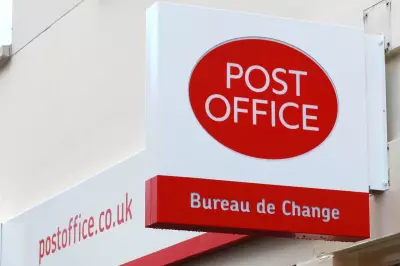
For years, Royal Mail stamps have carried a tiny, almost invisible secret – a small letter 'R' tucked away in the corner. Most people never even notice it, but this little symbol has a surprisingly important purpose.
The Hidden Mark on Your Stamps
Next time you look at a Royal Mail stamp, check the bottom left corner. You'll spot a minuscule 'R' printed in a discreet colour. This isn't a printing error or random decoration – it's actually a crucial security feature.
Why Your Stamp Has an 'R'
The 'R' stands for 'Royal Mail' and serves as an anti-counterfeiting measure. According to postal experts:
- It helps distinguish genuine stamps from fakes
- The subtle placement makes it hard to replicate
- The colour often blends with the stamp design
A Security Feature You Never Noticed
Philatelists (stamp collectors) have known about this feature for years, but most regular mail users remain unaware. The 'R' appears on all standard UK stamps, including:
- First and Second Class stamps
- Special edition commemorative stamps
- Christmas stamps
Did you know? Some older stamps used different letters or symbols for the same purpose. The current system with the 'R' has been in place since 2001.
How to Spot Fake Stamps
With stamp fraud on the rise, knowing how to identify genuine Royal Mail stamps is more important than ever. Here's what to look for:
- Check for the tiny 'R' in the corner
- Examine the print quality – fakes often appear blurry
- Feel the paper – genuine stamps have a specific texture
- Look for the unique phosphor bands on first class stamps
Royal Mail takes counterfeiting seriously, with special teams dedicated to detecting fake stamps in circulation. If you suspect you've received mail with counterfeit postage, you can report it directly to Royal Mail's fraud team.





